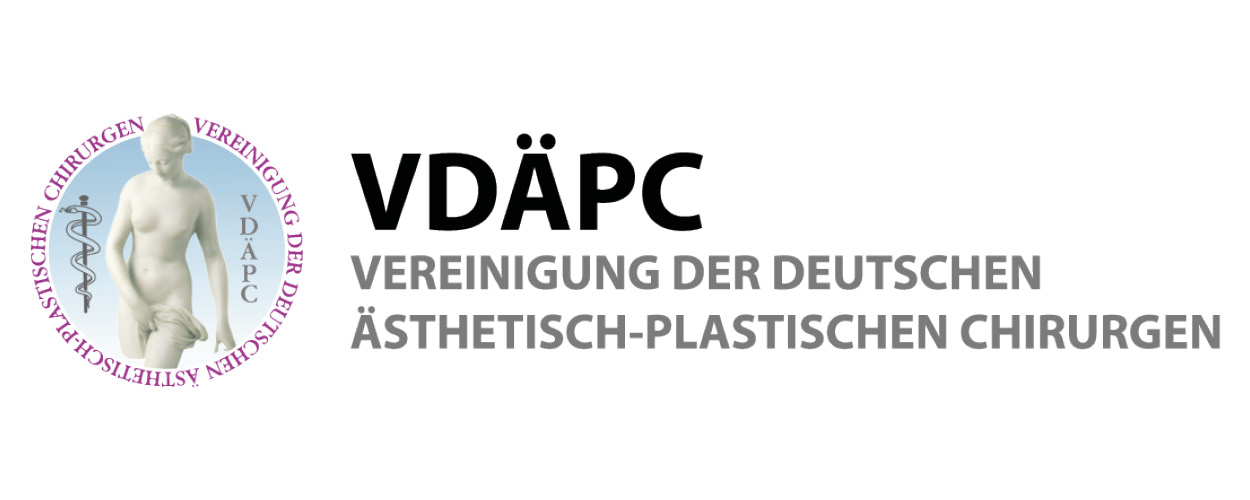VOLTAR
IMCAS World Congress 2019
IMCAS World Congress 2019
Programa
S001, S002
Face surgery: the quest for the perfect lower face & neck (in collaboration with VDAPC)
Sala: Salle Paris (level 1)
Data: quinta-feira 31 janeiro 2019 de 08:30 às 10:30
Formato: BATALHA > duelos individuais sobre um tema atual, onde os palestrantes defendem suas técnicas e abordagens... apenas um lado vence!
Data: quinta-feira 31 janeiro 2019 de 08:30 às 10:30
Formato: BATALHA > duelos individuais sobre um tema atual, onde os palestrantes defendem suas técnicas e abordagens... apenas um lado vence!
Apresentações desta sessão
| Horas | Palestrantes | Título da apresentação | Resumo | Número |
| 08:30 | Presentation of VDAPC | 79311 | ||
| 08:33 | Q1. Open neck or not? - Closed | 80333 | ||
| 08:43 | Q1. Open neck or not? - Open | 80441 | ||
| 08:53 | Conclusions: discussion with all speakers | 80607 | ||
| 09:03 | Q2. SMAS: plication or incision? | Visualizar | 80335 | |
| 09:13 | Q2. SMAS: plication or incision? | Visualizar | 80443 | |
| 09:23 | Conclusions: discussion with all speakers | 80605 | ||
| 09:33 | Q3. Fat grafting: more volume or less? - More | Visualizar | 79435 | |
| 09:43 | Q3. Fat grafting: more volume or less? - Less | 80339 | ||
| 09:53 | Conclusions: discussion with all speakers | 80341 | ||
| 10:03 | Q4. Jugo-palpebral area: suspension or fat resection? - Fat resection | Visualizar | 80343 | |
| 10:13 | Q4. Jugo-palpebral area: suspension or fat resection? - Suspension | 80345 | ||
| 10:23 | Conclusions: discussion with all speakers | 80347 | ||























